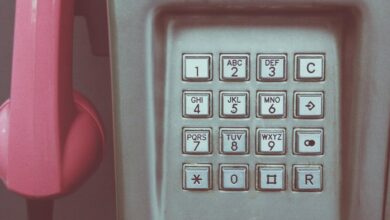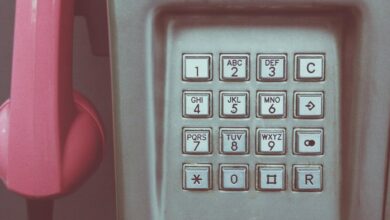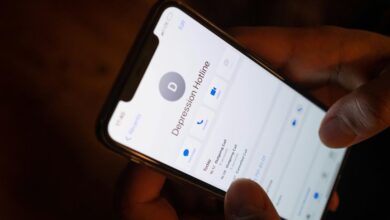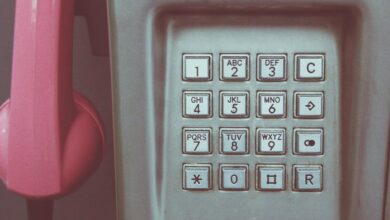Scam or Legit Call Verification: 2044870273, 2046617494, 2048139635, 2048310563, 2048314866, 2052104145

The evaluation of phone numbers such as 2044870273, 2046617494, 2048139635, 2048310563, 2048314866, and 2052104145 raises important questions regarding their legitimacy. Each number warrants a thorough investigation to identify potential scams or valid calls. By examining caller IDs, user reports, and common patterns in suspicious calls, individuals can gain insights into the nature of these communications. The implications of these findings could be significant.
Understanding the Area Codes: What Do They Mean?
Understanding area codes is crucial for discerning the legitimacy of calls, particularly in an age where scams are prevalent.
Area code significance varies regionally, reflecting geographic and demographic factors. Different regions may exhibit diverse calling patterns, which can aid in identifying potential scams.
Awareness of these regional differences empowers individuals, allowing them to make informed decisions about which calls to answer and which to ignore.
Analyzing 2044870273: Is It a Scam or Legitimate?
How can one determine the legitimacy of a call from the number 2044870273? Evaluating this call involves recognizing potential scam indicators and employing effective verification methods.
- Unrecognized caller ID
- Requests for personal information
- High-pressure tactics
- Inconsistencies in information
Insights on 2046617494: Caller Identity and Purpose
The analysis of the caller 2046617494 reveals critical insights into both the identity and the potential intent behind the call.
Various caller identification techniques can be employed to assess the legitimacy of this number, including reverse lookup services and user reports.
Understanding the purpose of the call is essential for determining whether it aligns with typical solicitation practices or serves a more legitimate function.
Caller Identification Techniques
Caller identification techniques play a crucial role in discerning the legitimacy of incoming calls, particularly when examining numbers like 2046617494.
Effective methods include:
- Verifying caller ID against trusted databases.
- Utilizing scam alerts from reliable sources.
- Analyzing call patterns and frequency.
- Engaging in community reports on suspicious calls.
These tools empower individuals to safeguard their freedom from potential scams and unwanted intrusions.
Purpose of the Call
Determining the purpose of a call from the number 2046617494 requires a careful analysis of various contextual factors and caller behaviors.
The call origin suggests potential motives ranging from telemarketing to personal inquiries.
Understanding caller motives can provide insight into whether the communication is a legitimate outreach or a potential scam, allowing recipients to make informed decisions regarding their engagement.
The Story Behind 2048139635: Verification Process
In recent discussions surrounding the phone number 2048139635, the verification process has emerged as a focal point for both skepticism and trust.
Key aspects include:
- The necessity of verification methods.
- Assessing caller credibility.
- The impact of misinformation on public perception.
- The balance between caution and openness.
These elements contribute to the ongoing debate about legitimacy in today’s communication landscape.
Examining 2048310563 and 2048314866: Common Patterns in Scam Calls
While the scrutiny of phone numbers such as 2048310563 and 2048314866 often reveals shared characteristics among scam calls, a detailed examination uncovers distinct patterns that may aid in identifying fraudulent activity.
Common scam indicators include persistent caller patterns, often using urgent language and unsolicited offers. Recognizing these signs can empower individuals to protect themselves against potential scams effectively.
What About 2052104145? Evaluating Its Legitimacy
As individuals assess the legitimacy of the phone number 2052104145, it becomes essential to analyze its characteristics and usage patterns.
Evaluating Caller Reputation reveals:
- Unverified ownership.
- Frequent reports of unsolicited calls.
- Patterns matching known Scam Indicators.
- Lack of transparency regarding the caller’s identity.
These factors contribute to a cautious perspective on the number’s legitimacy, prompting individuals to remain vigilant.
Conclusion
In conclusion, assessing the legitimacy of calls from numbers such as 2044870273, 2046617494, and others requires a meticulous approach akin to sifting through grains of sand to find a pearl. By employing verification techniques, analyzing caller information, and recognizing patterns indicative of scams, individuals can better safeguard themselves against fraud. Ultimately, informed vigilance acts as a sturdy shield, protecting against the barrage of deceptive communications that permeate today’s telecommunication landscape.




